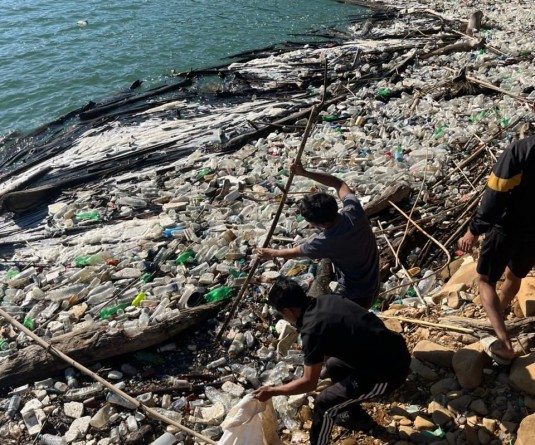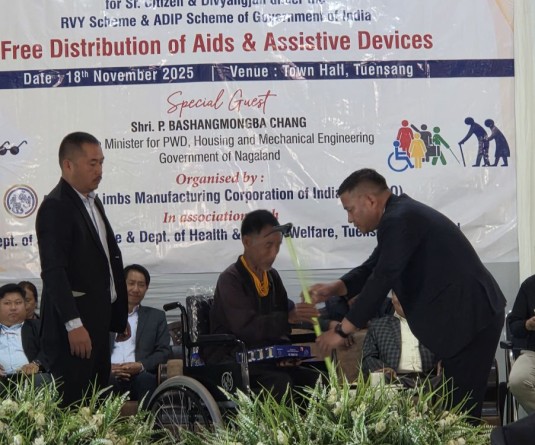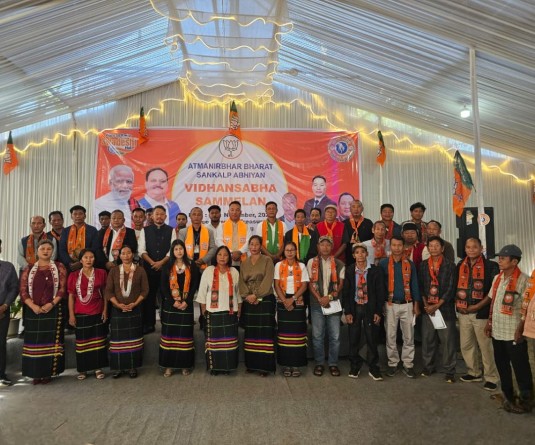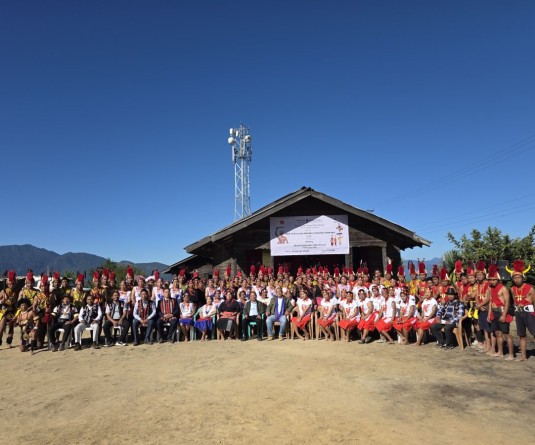
Our Correspondent
Kohima | October 15
The recently released publication of the Gender Statistics Nagaland 2016 by the Directorate of Economics & Statistics, Government of Nagaland has informed that female literacy in Nagaland state increased by 14.16% over the last decade.
As per the Census 2011, the literacy rate for Nagaland is 79.55 % and the literacy rate for females and males stands at 78.11 % and 82.75 % respectively.
During the last decade, the literacy rate was only 66.6% with female literacy rate of 61.5 % and male literacy rate of 71.2%.
Among the district, Mokokchung has the highest literacy rate of 91.6 % with male literacy rate of 92.2 % and female literacy rate of 91%. The lowest literacy rate at 57% was recorded in Mon district (male: 60.9% and female- 52.6%).
The report stated that the gap in the literacy rates of males and females is low in the districts of Mokokchung, Zunheboto and Longleng and high in the district of Phek, Kiphire and Peren.
During 2015-16, the Gross Enrolment Ratio (GFR) at primary level for females and males are 110:35 and 108:67 respectively. At middle class level the corresponding figures are 82:22 and 78:19.
The report stated that number of girls per 100 boys enrolled in primary, middle and secondary schools in Nagaland has increased over the years.
In 2012-13, there were 97 girls per 100 boys in primary class, 99 in middle class and 99 in secondary class. This increased to 104 in primary class, 114 in middle class, 119 in secondary class during 2015-16.
Under Primary class, Dimapur district with 11503 number of girls enrolment is the highest followed by Mon.
Districts of Longleng and Peren with 1696 and 2710 number of girls enrolment is the lowest in Nagaland during 2015-16.
In the middle class, Dimapur and Mon districts have the highest number of girl enrolment and the lowest numbers in this category are in Longleng and Kiphire districts.
As per census 2011, there were 21729 number of female as compared to 22734 number of females in the higher secondary level. At the graduate level and above, there were 9036 number of females and 10189 number of males.
During 2015-16, the drop-out rate for females at primary and upper primary levels are 1:91 and 10:38 respectively, whereas the corresponding figures for males are 3:95 and 10:67.
Among the districts, Kiphire with 9:99 has the highest drop-out rate for girls followed by Peren in primary level and in the upper primary levels, Kiphire with 39:16 drop-out rate for girls is the highest followed by Tuensang.
The report stated that during the year 2015-16, the number of female teachers per 100 male teachers in primary, middle and secondary levels stands at 95, 68 and 64 respectively.






